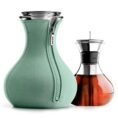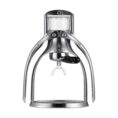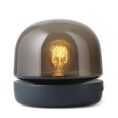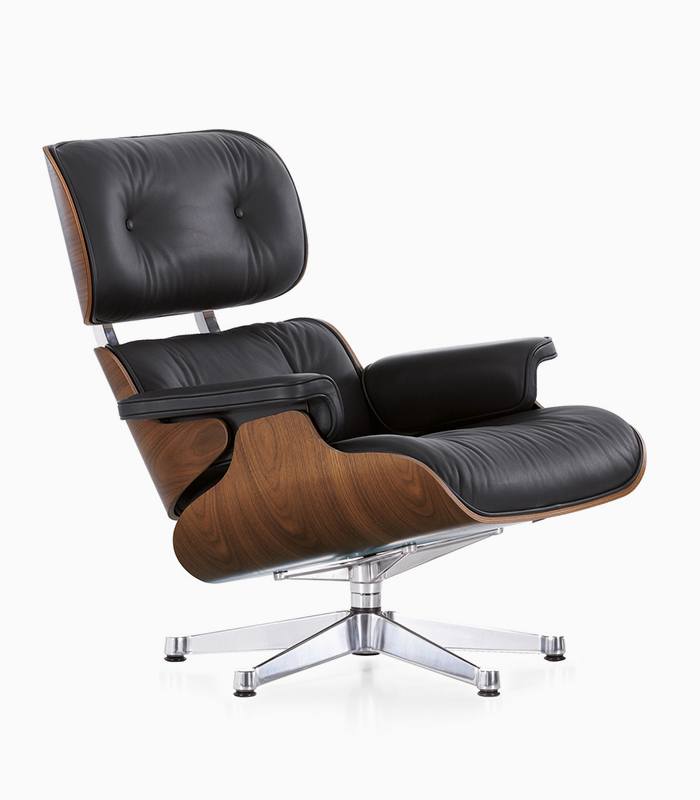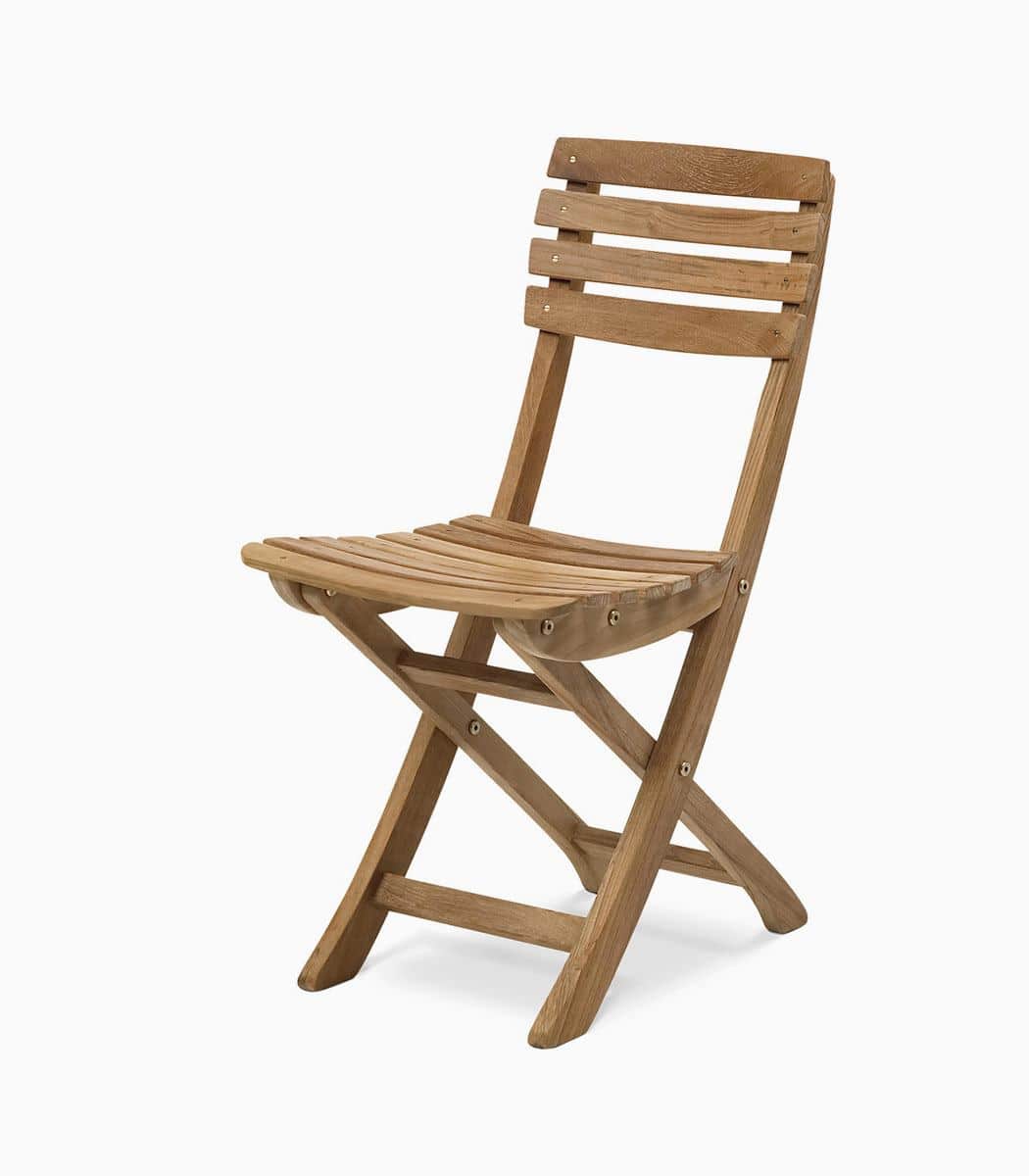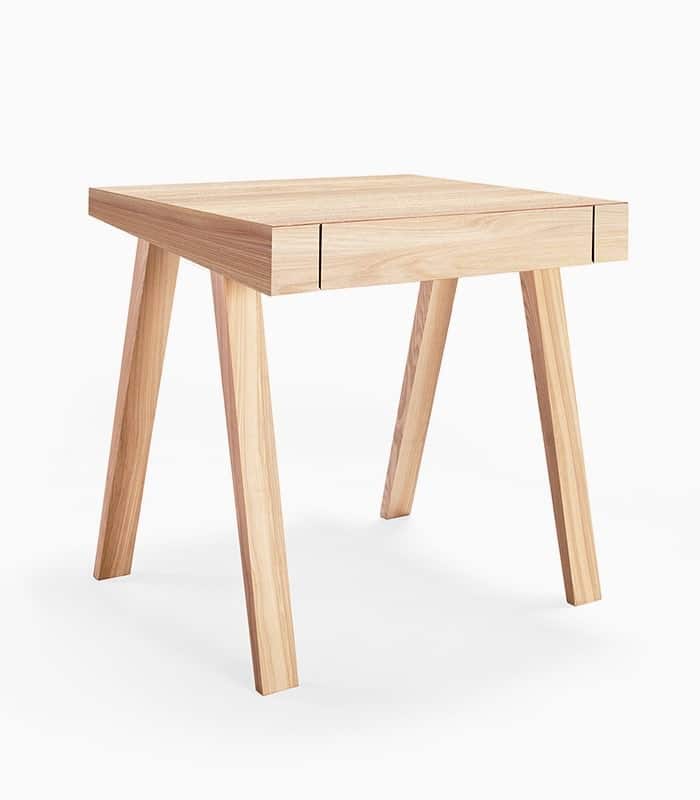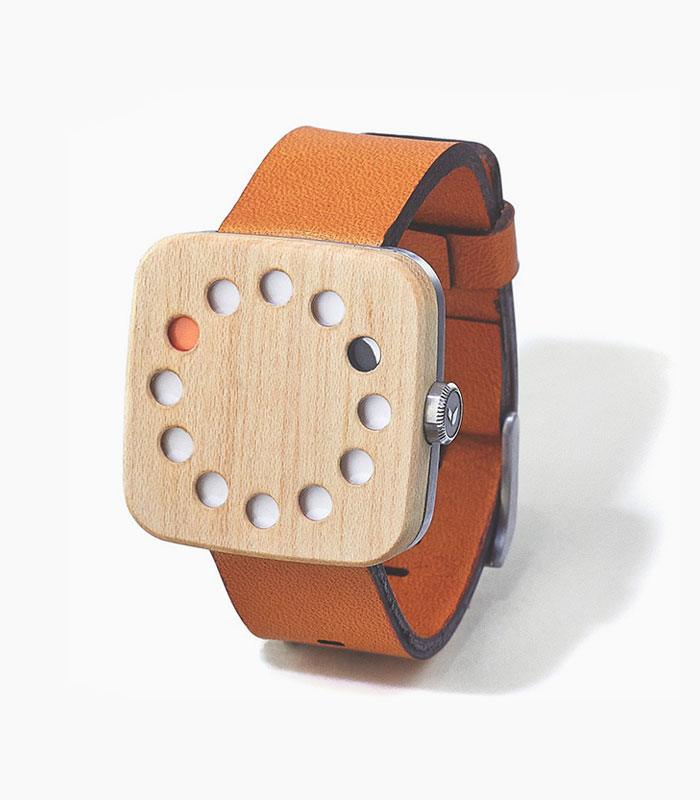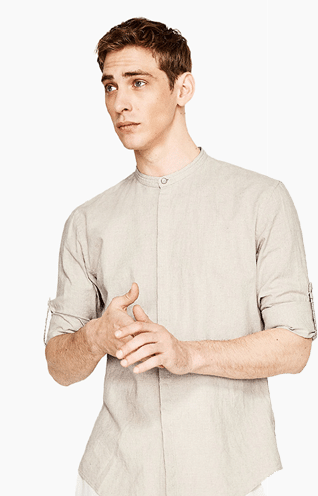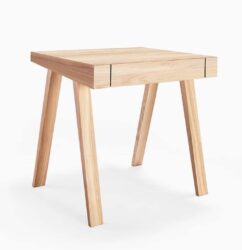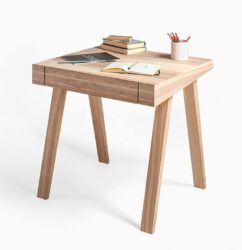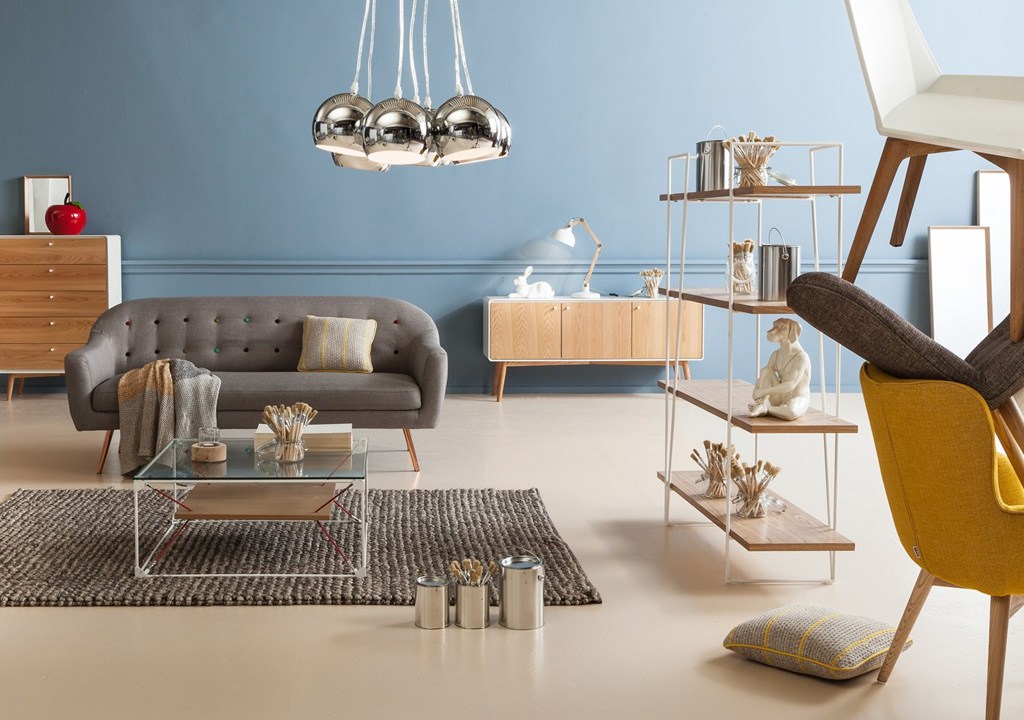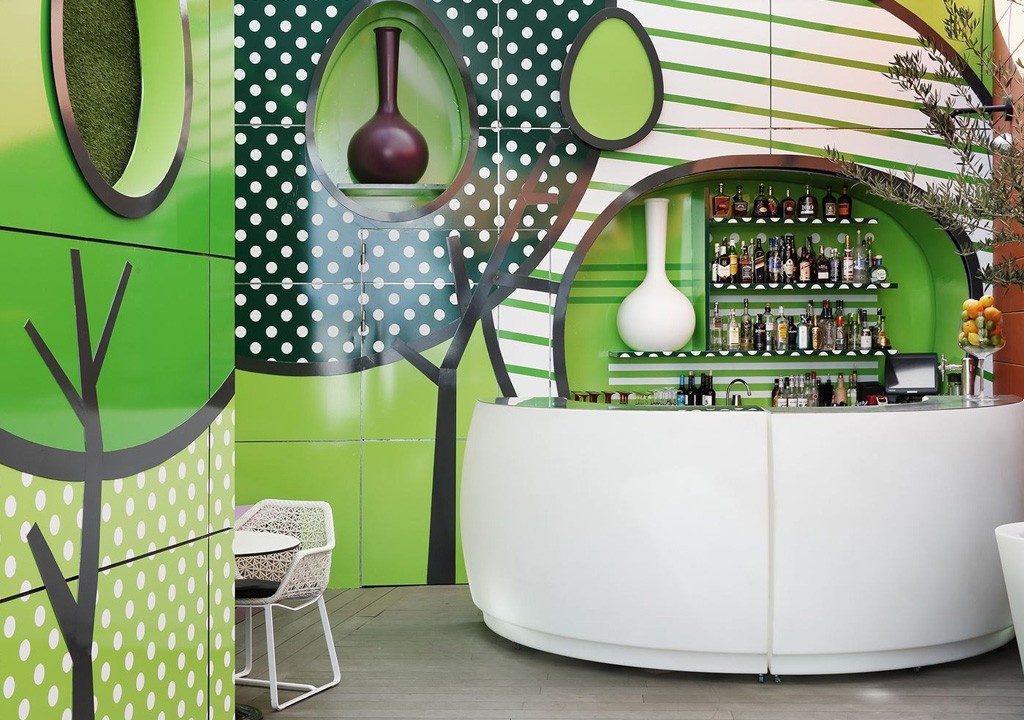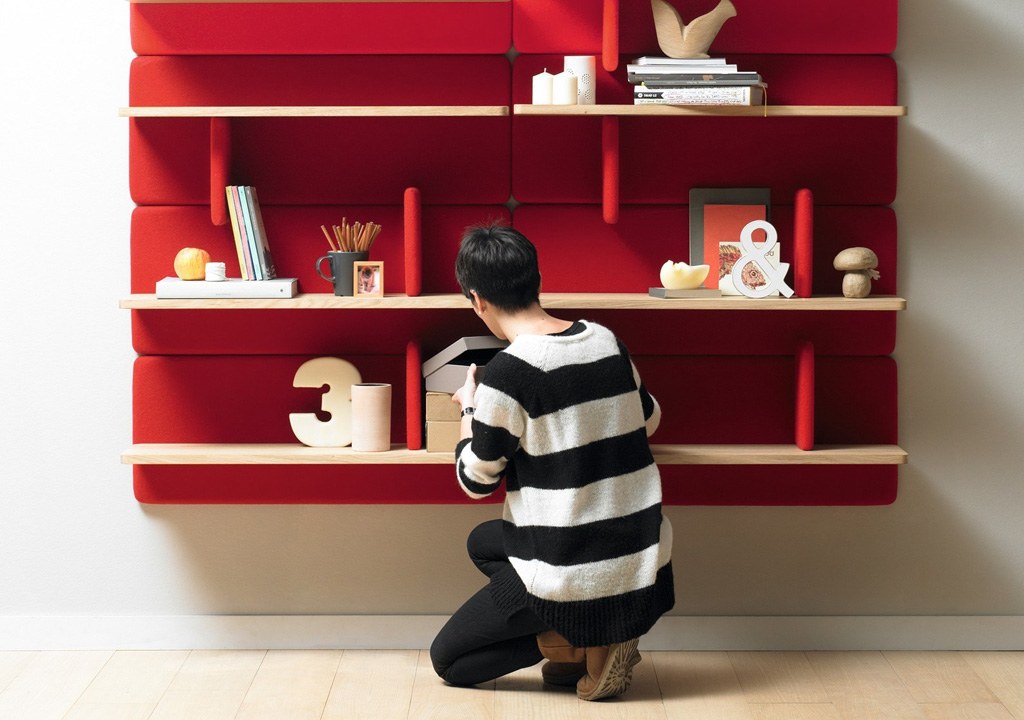The big design: Wall likes pictures
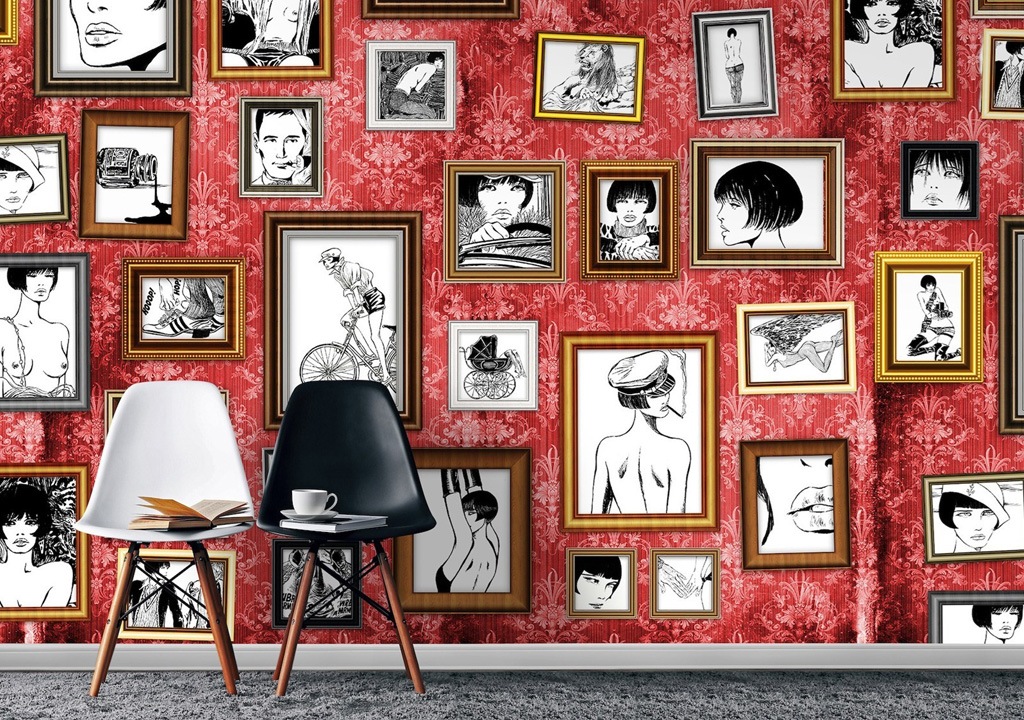
We've all been there. You've got a blank wall staring back at you, a vast expanse begging for personality. And your immediate thought? Pictures! Photos, prints, paintings – the visual stories that make a house feel like a home. But sometimes, that initial enthusiasm can lead to a wall that just likes pictures, rather than one that tells a cohesive and compelling visual narrative.
So, how do you move beyond a random assortment of frames and create a gallery wall or picture arrangement that truly elevates your space? It's all about intention, thoughtful selection, and a little bit of design savvy.
The Pitfalls of a Wall That Just "Likes" Pictures:
Before we dive into solutions, let's identify some common signs that your wall might be suffering from a lack of direction:
- The "Postage Stamp" Effect: Lots of small, unrelated frames scattered across a large wall, feeling insignificant and visually cluttered.
- The Mismatched Crew: A collection of frames in various styles, sizes, and colors that don't relate to each other or the surrounding decor.
- The Lonely Ranger: A single, undersized piece of art awkwardly placed on a large wall, feeling lost and out of scale.
- The "Whatever Fits" Mentality: Pictures hung simply because you had them, without considering their placement, subject matter, or overall impact.
- The Height Haphazard: Frames hung at varying and inconsistent heights, creating a visually jarring and unbalanced look.
Transforming Your Wall from "Likes" to "Loves" Pictures:
The good news is that with a little planning, you can curate a wall that truly showcases your taste and adds significant visual interest to your home. Here's how:
1. Define Your Vision:
- Consider the Room's Style: Does your decor lean modern, bohemian, traditional, or something else? Choose artwork and frames that complement the existing aesthetic.
- Determine the Mood: Do you want the wall to feel energetic and vibrant, calm and serene, or sophisticated and elegant? The subject matter, colors, and arrangement will all contribute to the overall mood.
- Identify a Focal Point (Optional): For larger walls, consider anchoring your arrangement with a larger statement piece and building around it.
2. Curate Your Collection:
- Theme it Up (Loosely): While not mandatory, having a subtle theme – like black and white photography, botanical prints, or abstract art with a similar color palette – can create a sense of cohesion.
- Vary Sizes and Orientations: Mix different sized pieces and alternate between portrait and landscape orientations for visual interest.
- Don't Be Afraid to Mix Media: Combine photos, prints, paintings, drawings, and even small three-dimensional objects for added texture and depth.
- Edit Ruthlessly: Not every picture deserves prime wall real estate. Be selective and only include pieces you truly love.
3. Plan Your Arrangement:
- Lay it Out on the Floor: Before hammering any nails, arrange your chosen pieces on the floor or a large sheet of paper cut to the size of your wall. This allows you to experiment with different layouts without damaging your walls.
- Consider Symmetry vs. Asymmetry: Symmetrical arrangements feel more formal and balanced, while asymmetrical layouts offer a more relaxed and contemporary vibe.
- Play with Spacing: Maintain consistent spacing between frames. A good starting point is 2-3 inches, but adjust based on the size and style of your pieces.
- Create Visual Flow: Arrange pieces in a way that guides the eye across the wall. Consider the colors, shapes, and subject matter to create a natural visual journey.
4. Frame it Right:
- Consistency is Key (Usually): While a completely uniform look isn't always necessary, aim for some level of consistency in frame styles or colors, especially if your artwork doesn't have a strong unifying theme.
- Consider the Artwork: Choose frames that complement the style and colors of the artwork without overpowering it.
- Don't Be Afraid to Mix Metals and Woods: A thoughtful mix of frame materials can add visual interest, but ensure they relate to other metallic or wooden elements in the room.
5. Hang with Precision:
- The 57-Inch Rule: A general guideline is to hang artwork so that its center is approximately 57 inches from the floor – the average human eye level. Adjust as needed based on ceiling height and furniture placement.
- Use Painter's Tape: Mark the desired positions of your frames on the wall with painter's tape before hammering nails. This allows you to visualize the arrangement and make adjustments easily.
- Measure Twice, Hang Once: Double-check your measurements before making any permanent marks.
Transforming your wall from a mere collector of pictures into a curated gallery is a rewarding process. By being intentional about your choices, planning your arrangement, and paying attention to detail, you can create a visual focal point that truly enhances your home and tells your unique story. So, step back, assess your walls, and get ready to give your pictures the showcase they deserve.


